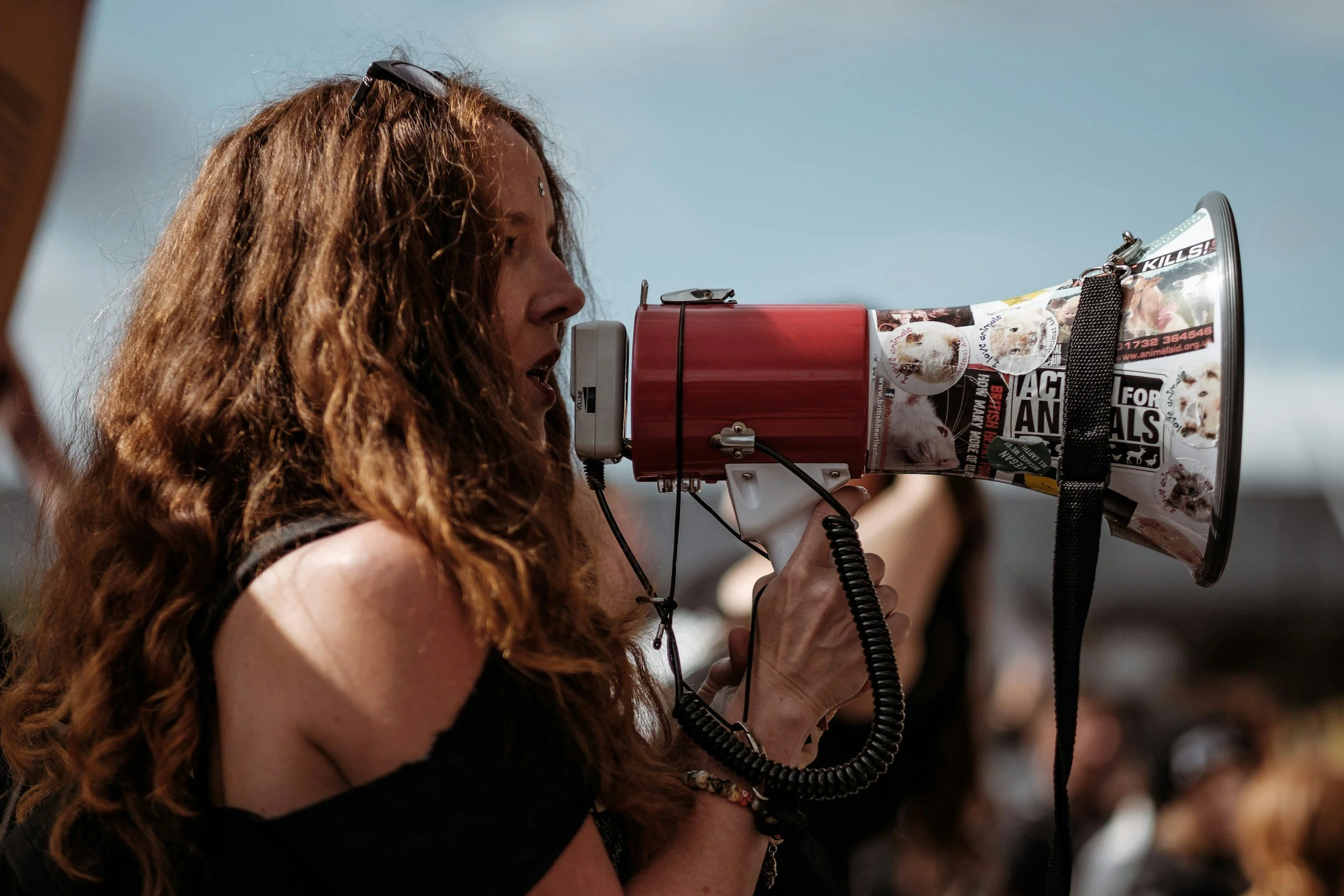
Regionalizing Homelessness Prevention in the Twin Cities
Let’s dive into the issues
If we want to prevent homelessness, we need to change the system. Here’s why:
1. Unnecessary county government competition takes the focus away from people.
Currently, each of the seven counties compete for prevention funding from state resources.
This leads to an inequitable distribution of resources across the metro, where some counties receive more than others, and offer different levels of support for communities in need.
2. Inconsistencies across counties create access barriers.
Resources are county bound, which means those seeking services can only access those available within their residing county’s jurisdiction. As people are forced to relocate to find housing that is affordable, they face barriers to accessing services.
These include:
- Inconsistent access points, rules, and protocols (e.g., intake forms, access processes, service locations, etc.).
- Roadblocks that limit our ability to carry services from one place to another (e.g., county of fiscal responsibility, wait periods for administrative processing).
- Inconsistent programming due to certain services only accessible within specific counties (e.g., culturally specific services and organizations).
3. People with lived experience of homelessness do not impact agendas and only contribute to limited decisions.
Community with lived experience of homelessness are invited and participate at existing governance tables but their engagement is limited.
Existing meeting agendas are usually dictated by funding mandates, host entity interests, or programmatic needs.
Community representatives are a minority voice against government and service provider representatives.
The level of authority at most tables where community is invited does not have the capacity to respond to community interests toward system change.


